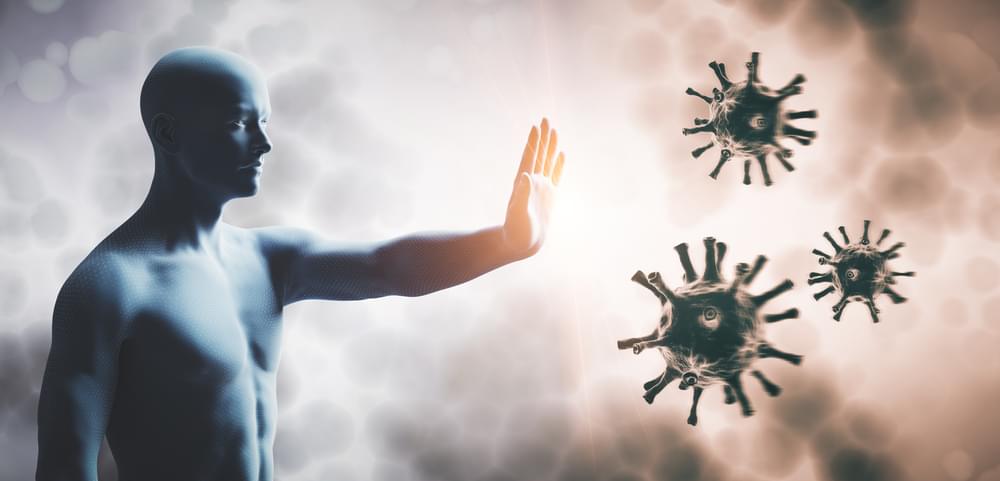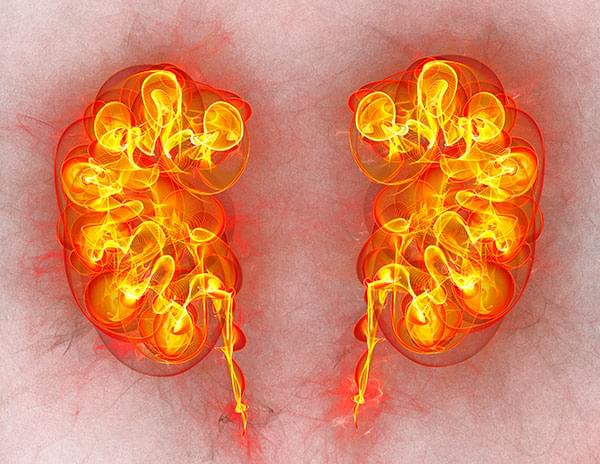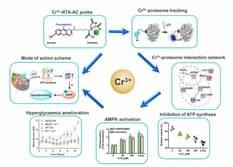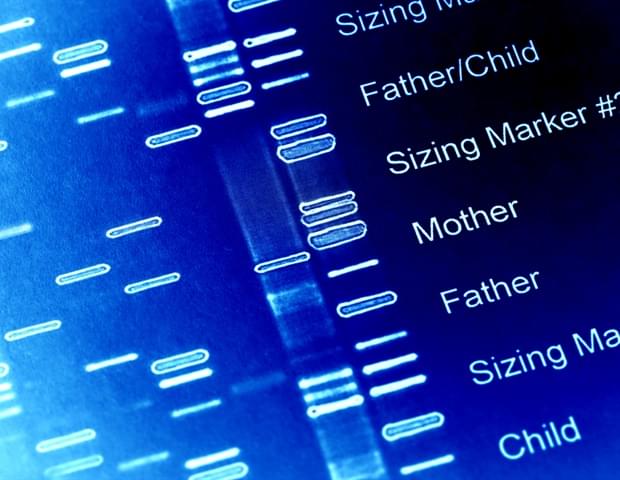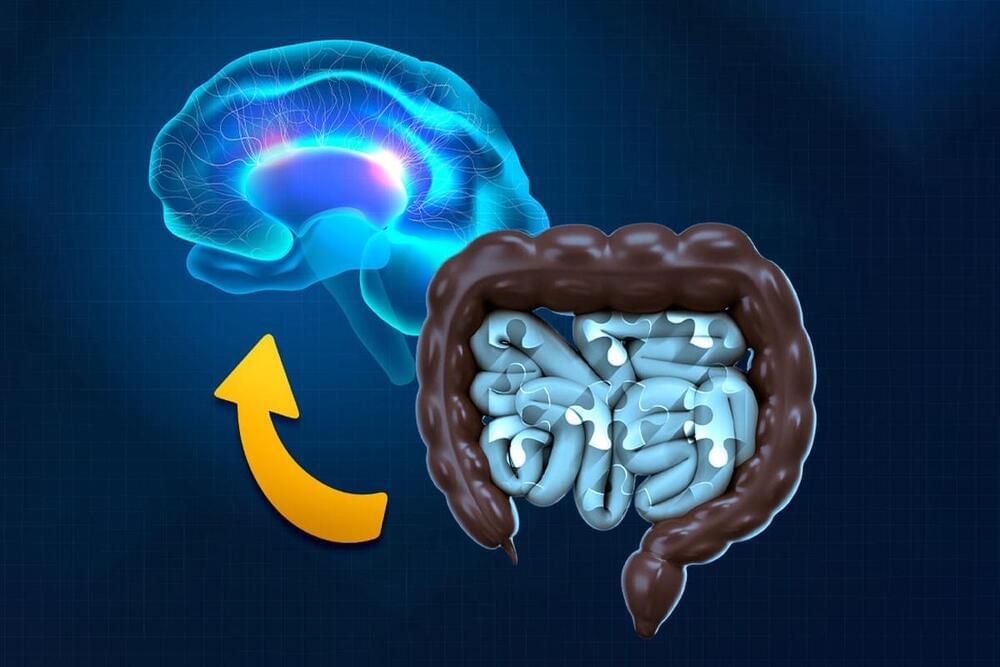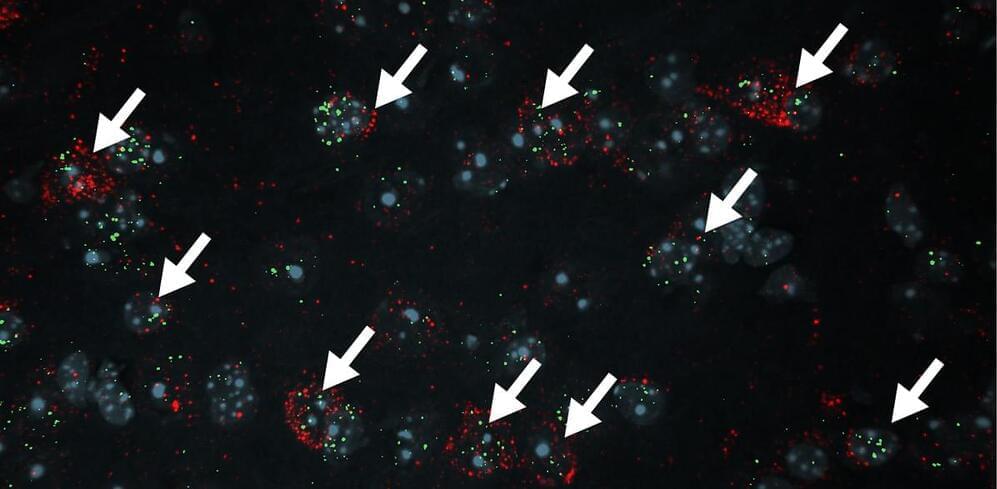Sports teams spend millions of dollars on their players’ health and fitness and any injuries can be detrimental to their players’ careers. Artificial intelligence (AI) has the potential to significantly change the way that sports spine injuries are diagnosed, treated, and managed. Tools such as Spindle and SpindleX are making it easy to prevent long-term injuries or spinal issues by detecting even the minutest variations in time. However, AI has just begun its foray into the field of healthcare and more importantly radiology or spine imaging.
With AI-related radiology imaging, it is becoming easier to prevent and cure injuries we didn’t even know existed. AI-assisted reports are helping physicians and surgeons take better and more accurate decisions and treatment plans, saving millions of dollars in the healthcare industry. Here are a few examples of how AI is improving the treatment of sports-related spine injuries:

